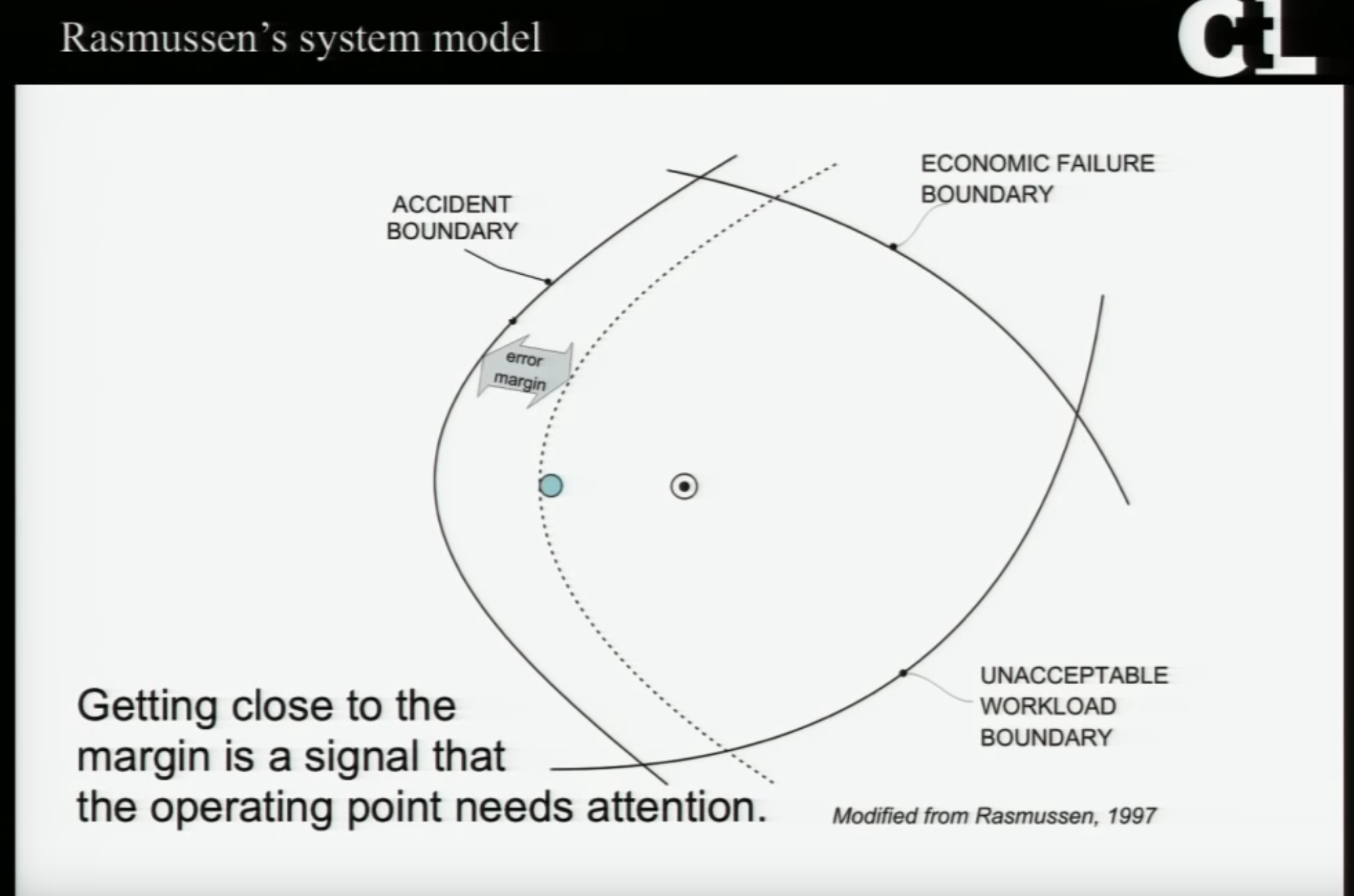There’s this popup thing happening. I’m not sure it’s because I really don’t care about GDPR cookies is making me exhausted. I think there’s this business optimization thing that I want to talk about.

Imagine we have a company. We’ve been in business for a while and we’re public. But along comes automation and analytics and we find if you pull this lever, you get a few more hits on the website. If we send an email, we make X. If we send an SMS, we make Y. If we put a banner on the site, we make Z. On and on. And us having scale, dashboards and reports; this is almost like a noise function through a filter. We’re tracking our lever pulls and our knob twists. This is what we wanted all this information for. We wanted to optimize and act.
So we make our site, our cart, our onboarding, our existing users’ experiences all have some options to randomly upsell or increase revenue. Not on purpose from the start but iteratively through many small changes. Why wouldn’t we? If someone finishes checking out, we send an email making sure that everything went fine and that email has more product links. When we do this, we notice that we make +X%. Just on random noise from sampling.
# sample all users as some_users
# send marketing to some_users
Flipper.enable_percentage_of_actors :youtube_red_popup, 1
But now in this (long established) digital world everything is like this. I get sampled so often that I get popups as not occasional crackles and pops but as constant noise. This is aggregate personalized noise across all the services I use. I get the random sampling so often that I approach the constant random noise that the feature flags were trying to avoid from their perspective. But this is the problem, it’s just one perspective.
If I am 1% sampled on the many services I use, I experience annoyance beyond what each service by themselves expected.
The particular numbers don’t matter. My point is, it’s not 1% sampling to me. I’m a part of many things but the single things think that they are everything.
This is what they think their sampling is like. From their perspective the annoyance, call to action, popups, upsells are rare.

But this is how it is from my perspective when I’m a user of many services.

In Fast and the Furious everything is cars. Cars solve all problems. There are no bikes. So A/B testing which car produces the most click-through makes all the sense in the world. But you can’t consider bikes. Bikes don’t exist and certainly not bike click-throughs or bike prompt exhaustion. “It’s only 1% car prompts, that’s not that annoying.”
Ok, back to the youtube red popup. Even if we could design a popup with memory (this absolutely could be a thing), no for-profit company will use it. We could absolutely design a popup component that has memory. “How many times has Chris dismissed me? Maybe I’m annoying!”. No one would use it. Certainly not at scale. At scale, 1% is amazing. It enables projects, it destroys worry.

There’s this great talk from Velocity NY 2013 where Richard Cook explains that businesses never know where the failure line is. This isn’t really in the same domain as reliability but I think it applies. It’s a great talk, you should watch it.
You fiddle with these knobs and see the profits coming in but who is going to represent the users? It’s only until after you have negative revenue impact that you’d have ammunition to argue against money. The feature flags continue.